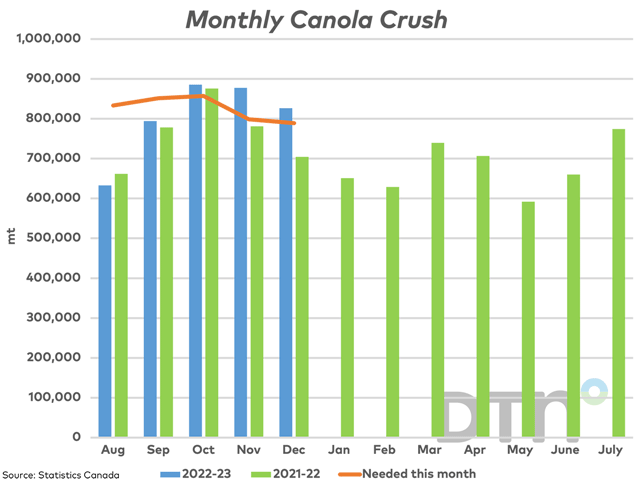
This study looks at Canada's canola and soybean crush for the month of December, making comparisons to previous years while comparing the pace of crush with the pace needed to reach the current forecast pace.

This study looks at Canada's canola and soybean crush for the month of December, making comparisons to previous years while comparing the pace of crush with the pace needed to reach the current forecast pace.
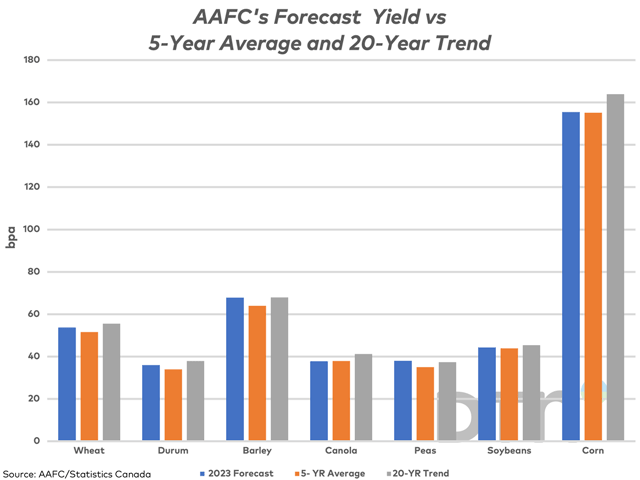
AAFC's January estimates for the 2023-24 crop represent a snapshot in time and involve a number of assumptions. This study looks at AAFC's yield estimates for 2023-24 while comparing them to the five-year average and the 20-year trend.
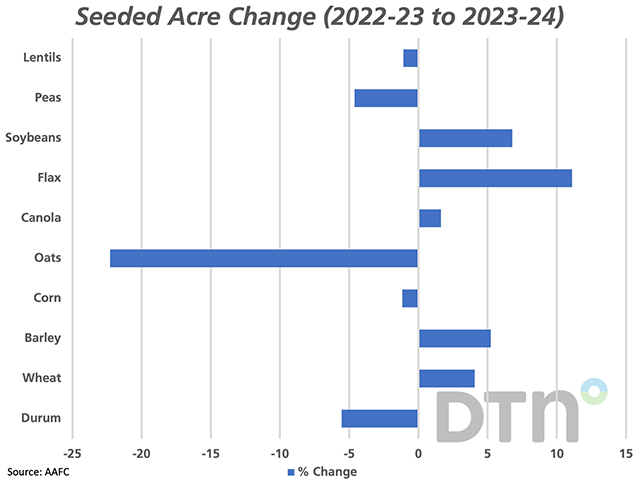
This study looks at AAFC's first forecast for 2023-24, with a particular focus on the seeded acre forecast.
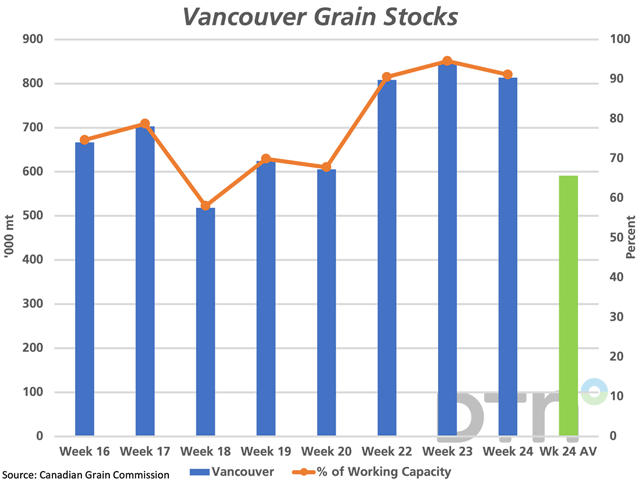
Grain inventories have swelled in the Port of Vancouver with recent delays backing up movement.
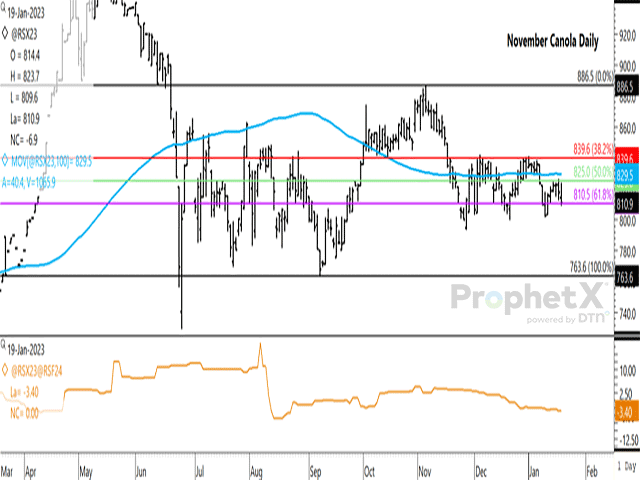
November canola closed in the lower end of the range traded since late November and is nearing a potential test of $800/mt support.
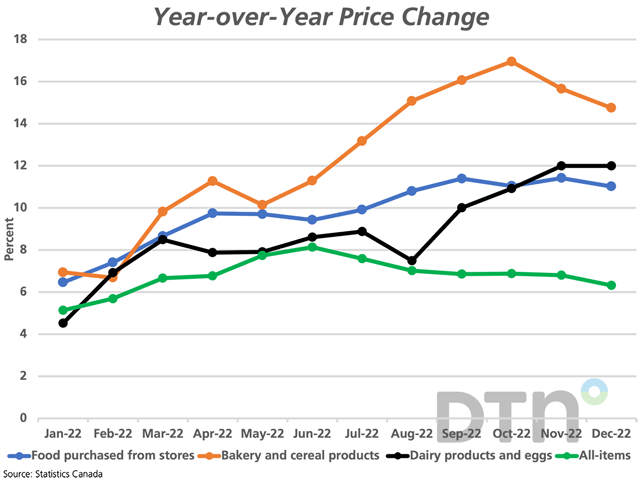
Food inflation in Canada continues to stand out when compared to the Consumer Price Index, while the year-over-year price change for some products, such as bakery and cereal products, remains stubbornly high.
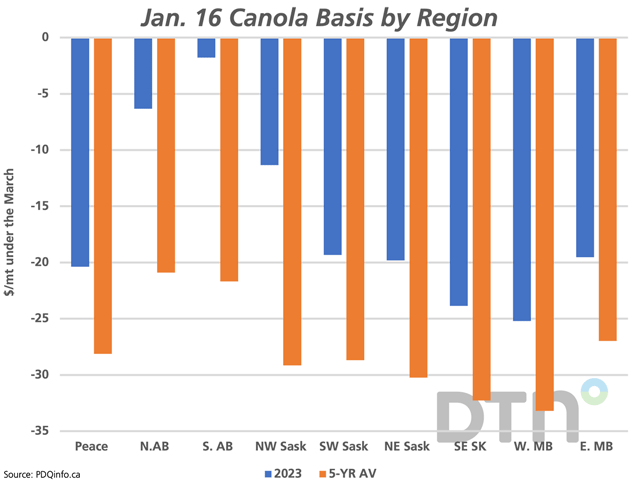
Canola basis on the Prairies is seen strengthening, while Tuesday's reports show strength in the track Vancouver basis.

The Canadian dollar has strengthened during each of the past four weeks although the Jan/Feb/March period is normally a period of seasonal weakness.
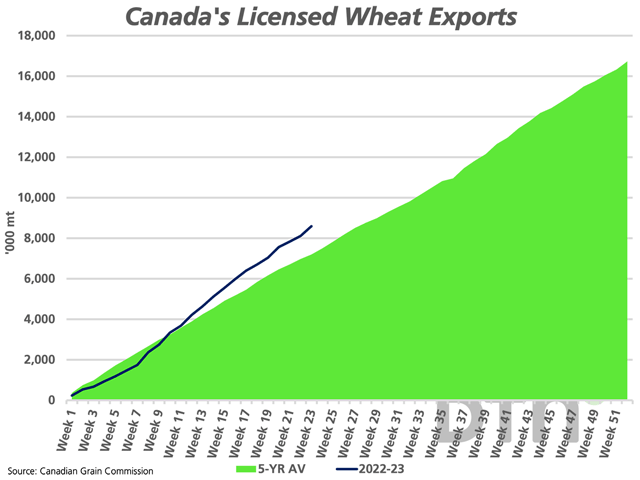
AAFC has increased its wheat export forecast for Canada eight times since January 2022, including each of the past four months. The current pace of movement signals the potential for further upward revisions.
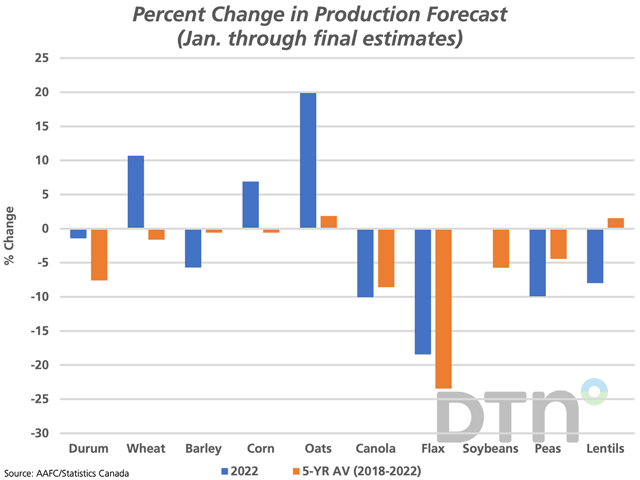
In advance of AAFC's first supply and demand estimates for the 2023-24 crop year to be released in January, this study looks at the historical change in estimated production from the January forecast to the final estimate reported by Statistics Canada.
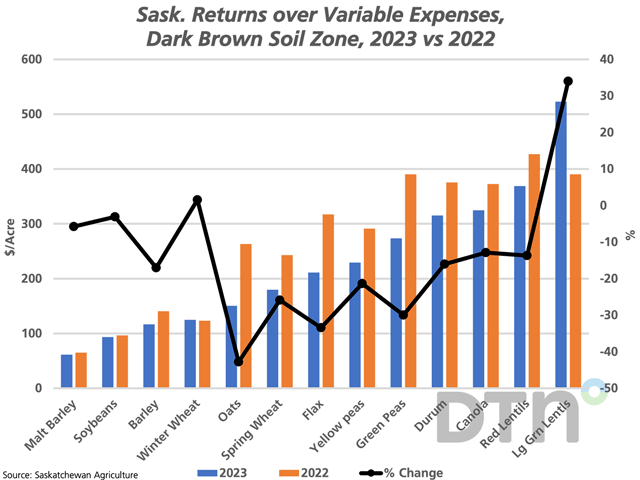
This study looks at the Saskatchewan government's annual Crop Planning Guide for 2023, which estimates costs and returns for 30 crops.
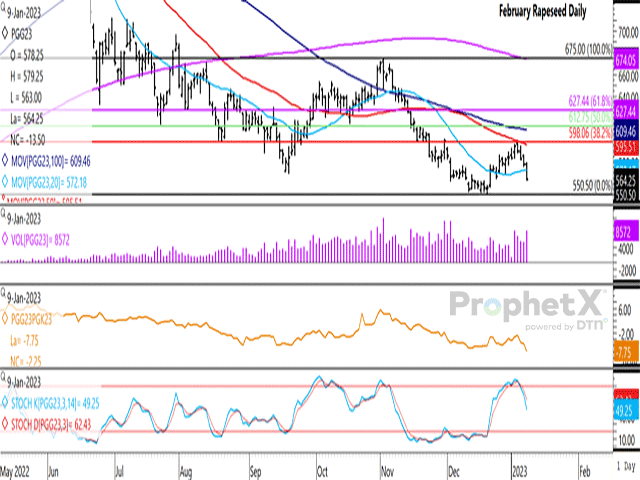
February European rapeseed suffered its fourth consecutive daily loss on Jan. 9 and could soon be testing December lows.
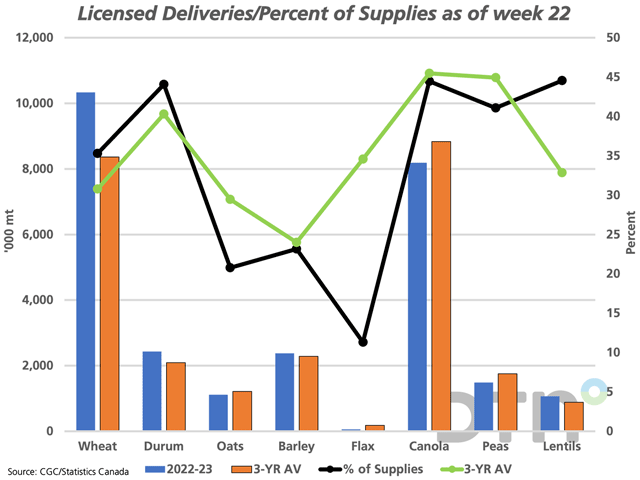
This study looks at the volume of select crops delivered into licensed facilities over the first 22 weeks of the 2022-23 crop year, while also looking at this volume as a percentage of crop available for delivery.
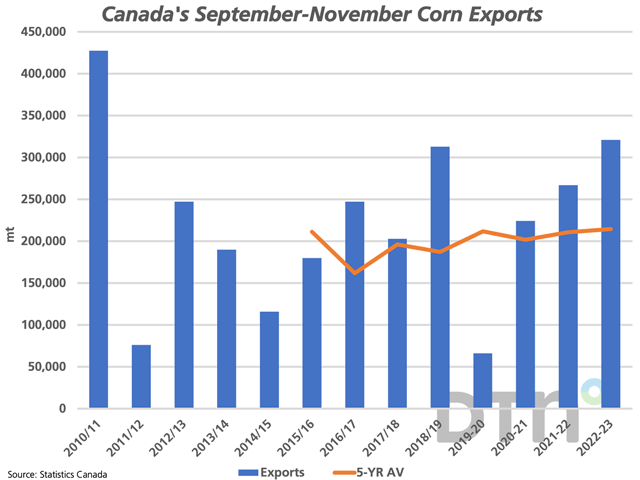
This study looks at select crop and crop product imports and exports for the month of November and how movement during the first three to four months of the crop year compares to current government demand estimates.
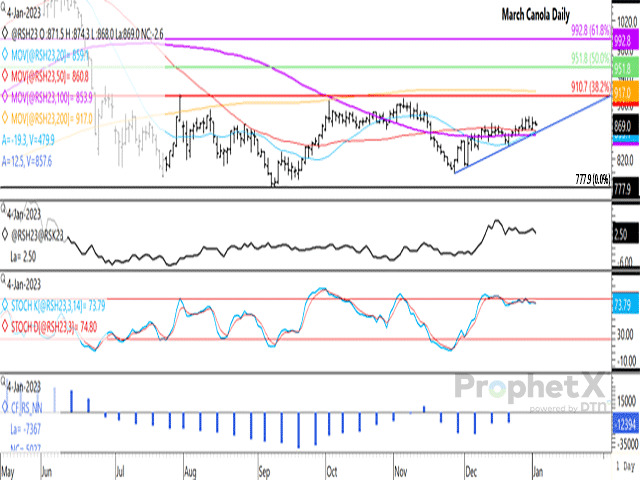
The March contract consolidated in sideways trade on Wednesday, as traders search for direction.
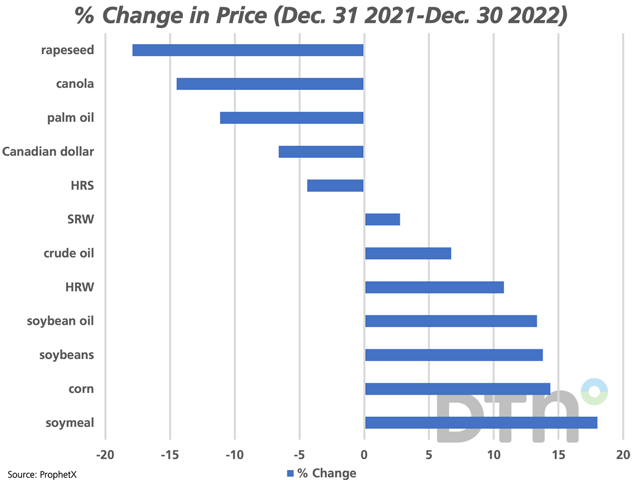
There are numerous sources pointing to ongoing volatility in markets for the year ahead. We look at the year-over-year change in various crop and product prices over the past year.
DIM[2x3] LBL[blogs-canada-markets-list] SEL[[data-native-ad-target=articleList]] IDX[2] TMPL[news] T[]
DIM[2x3] LBL[blogs-canada-markets-list-2] SEL[[data-native-ad-target=articleList]] IDX[5] TMPL[news] T[]